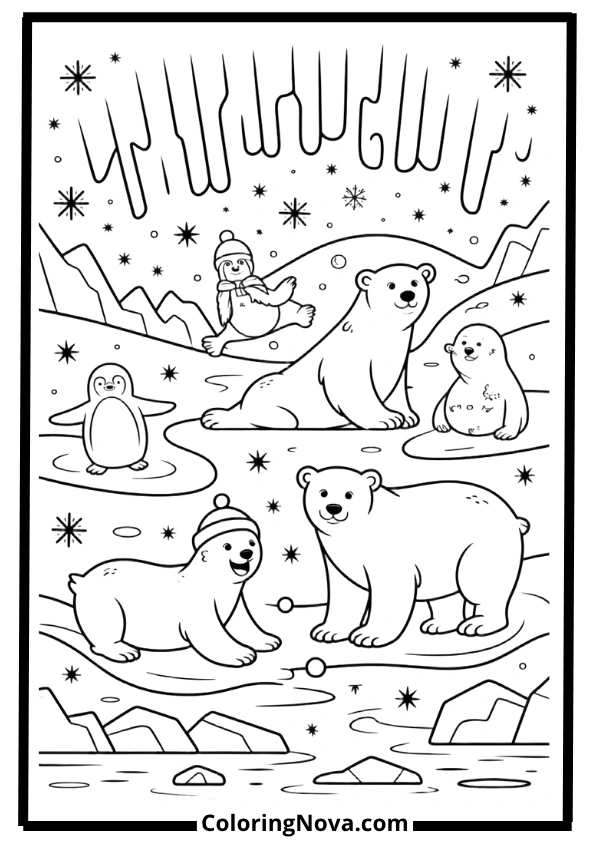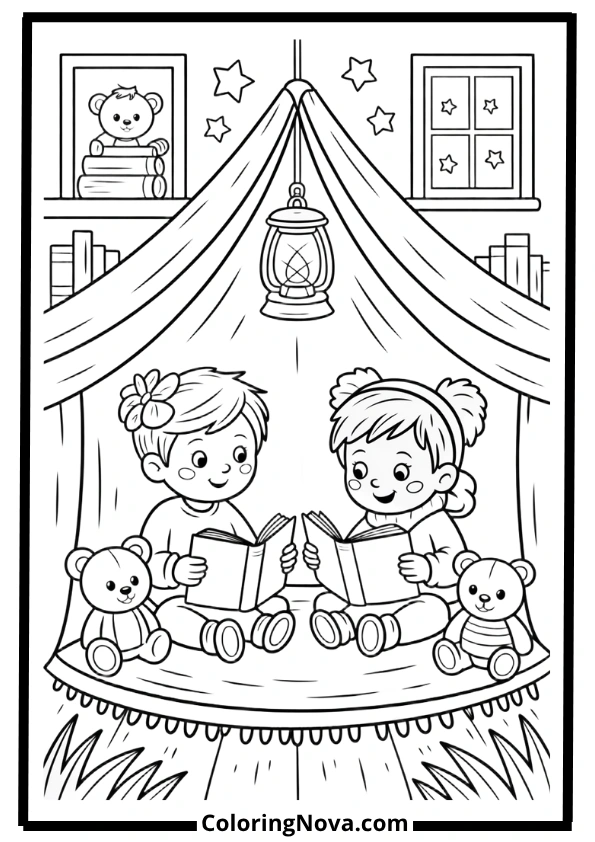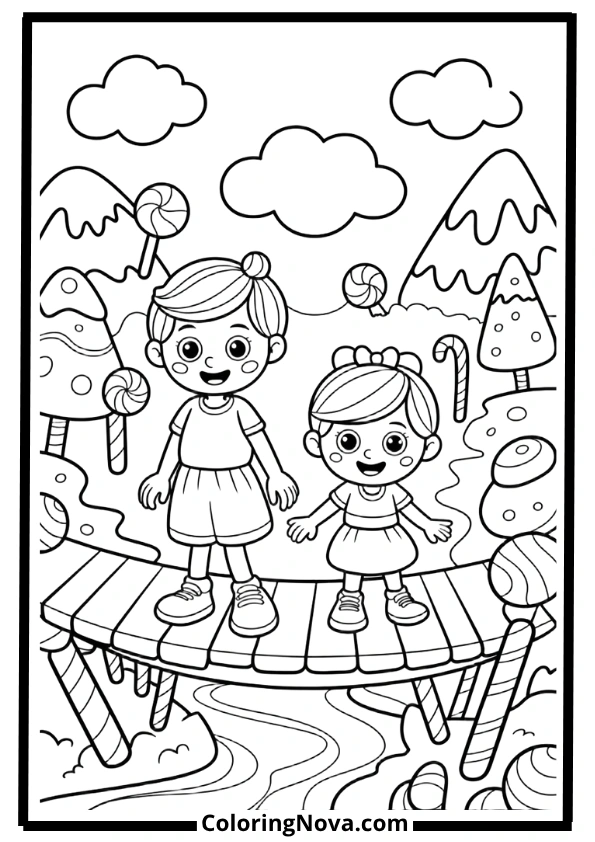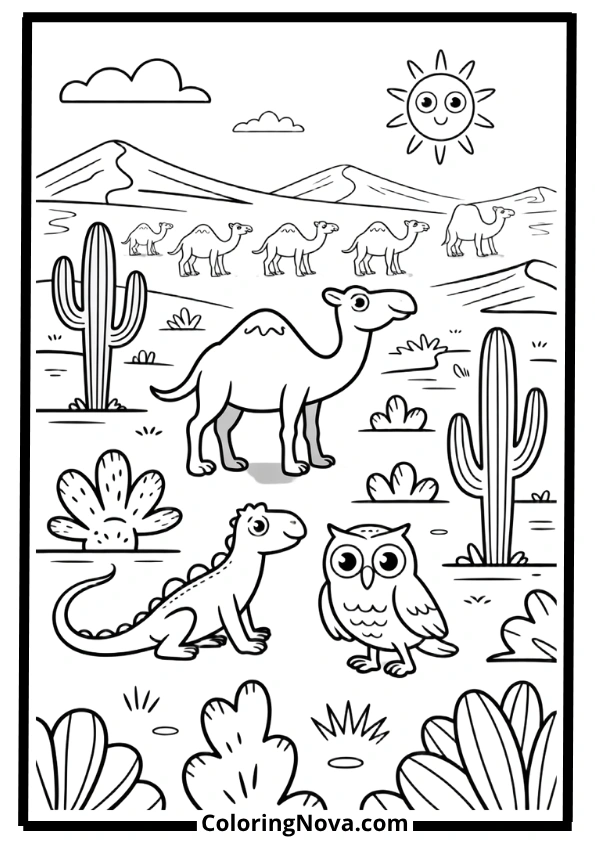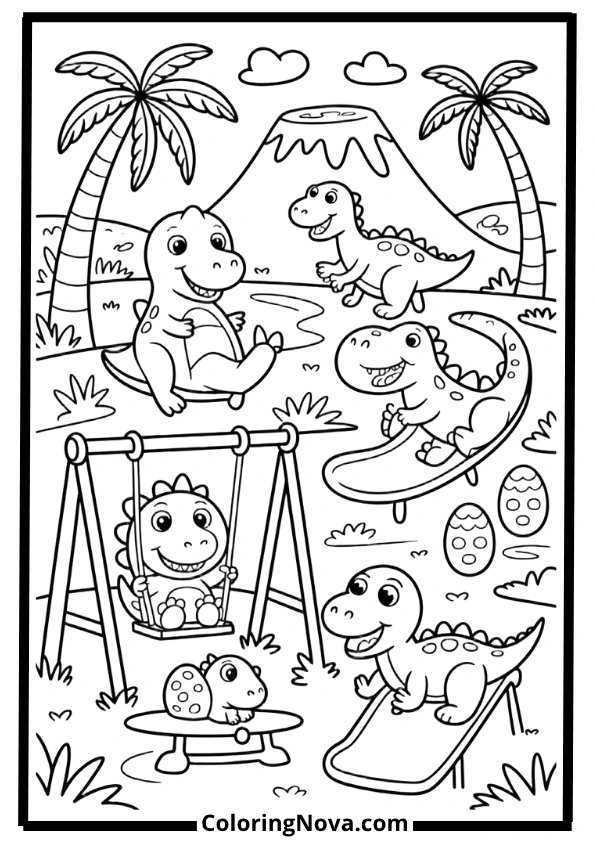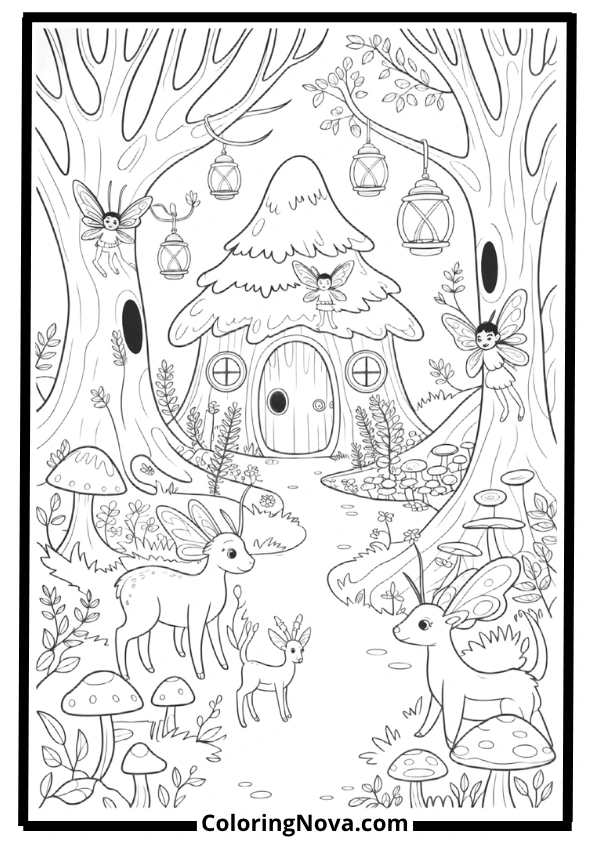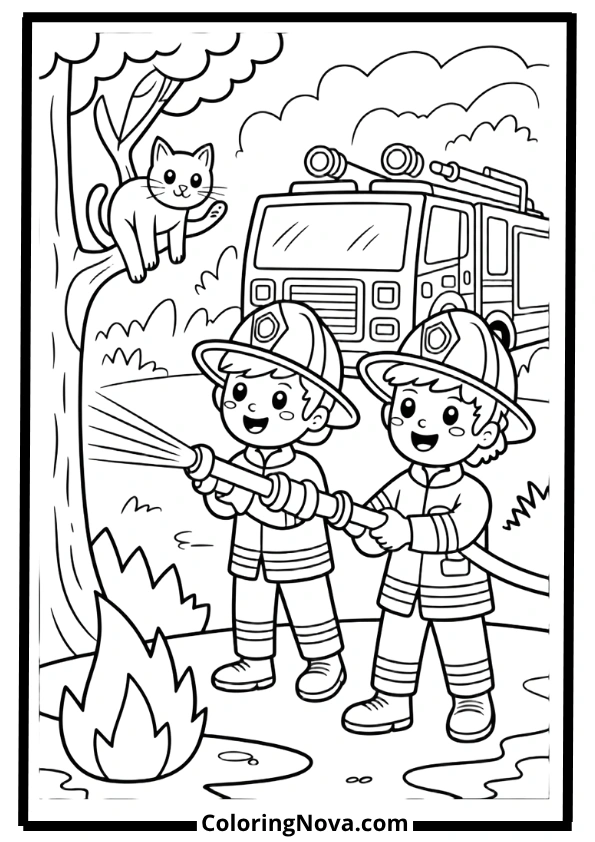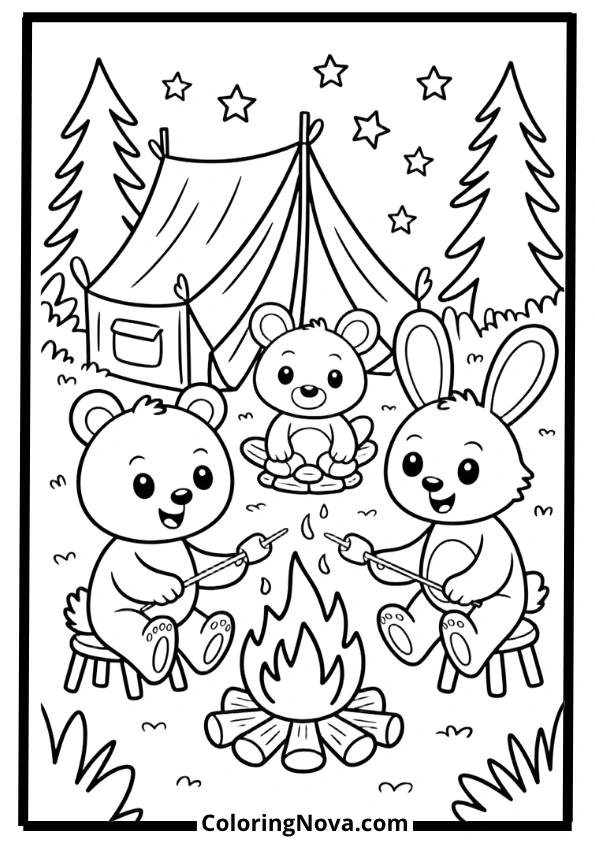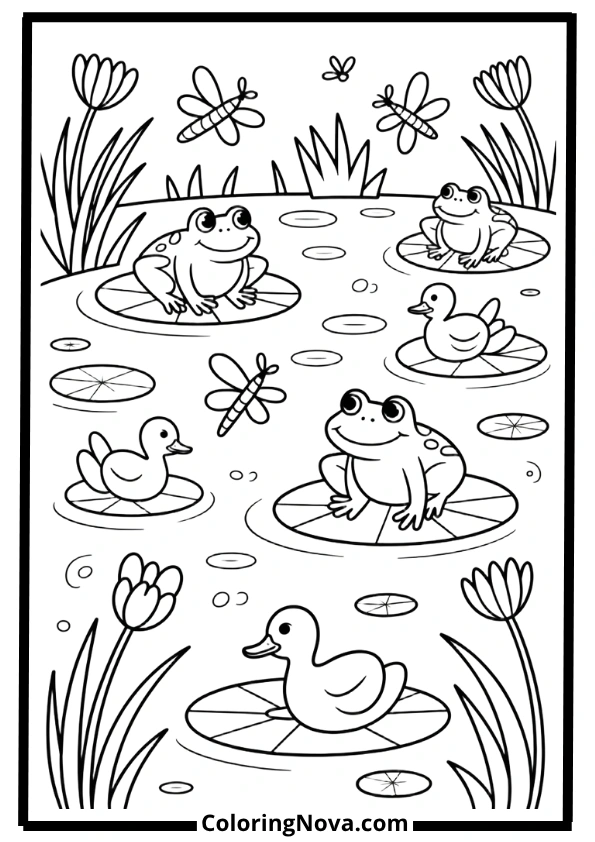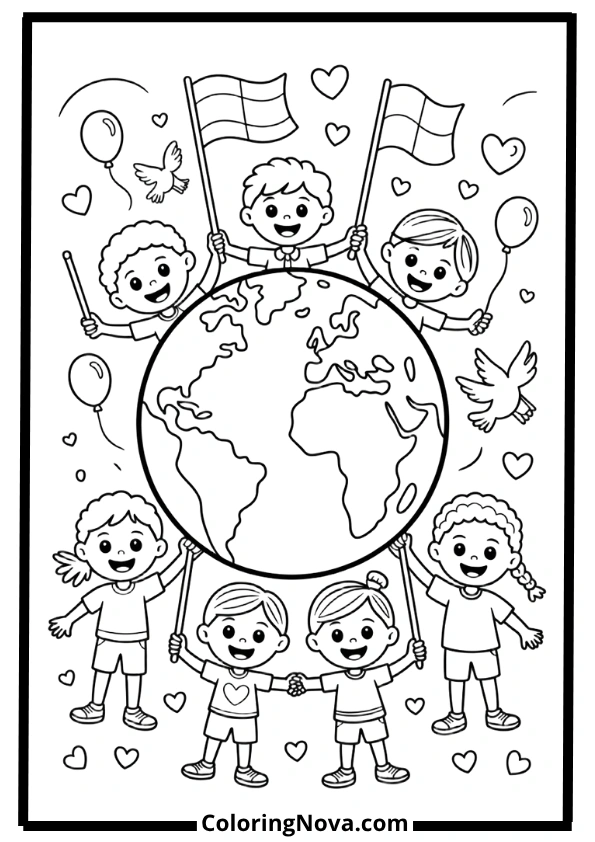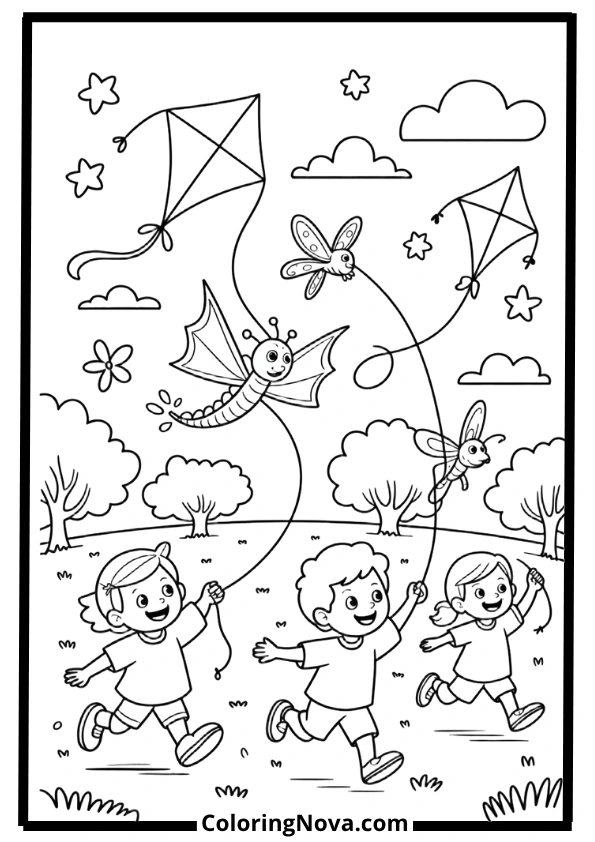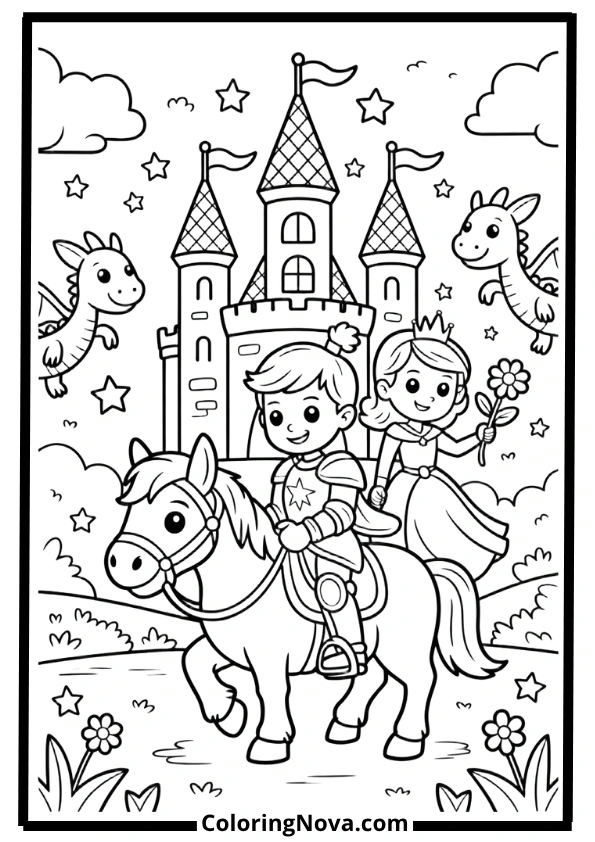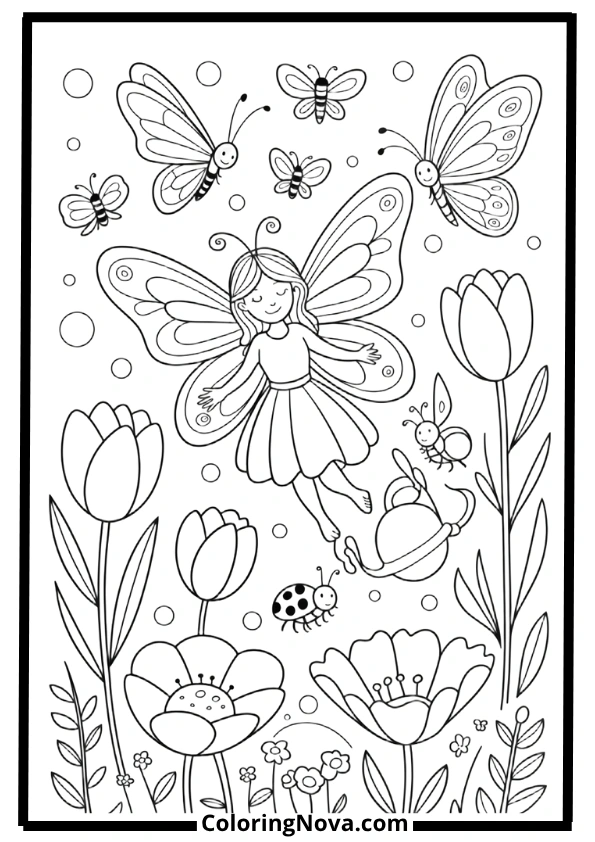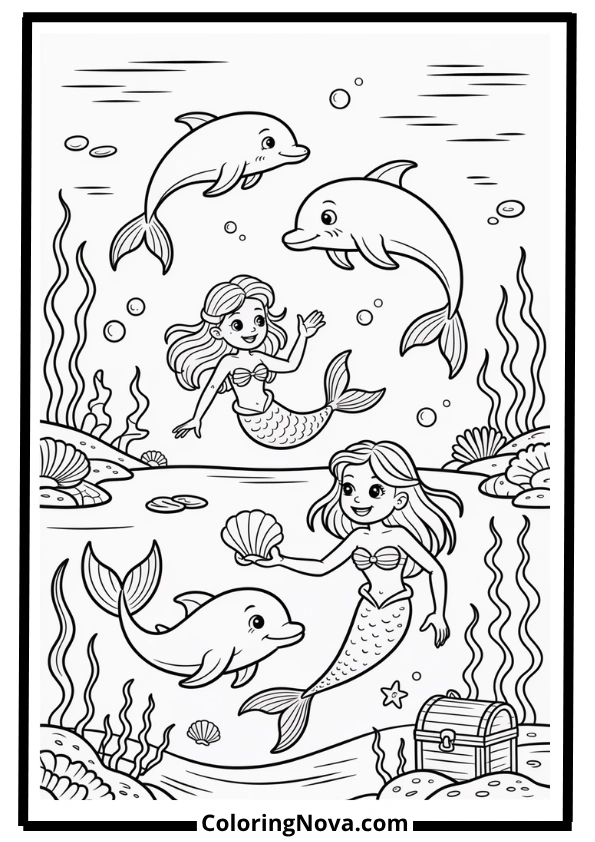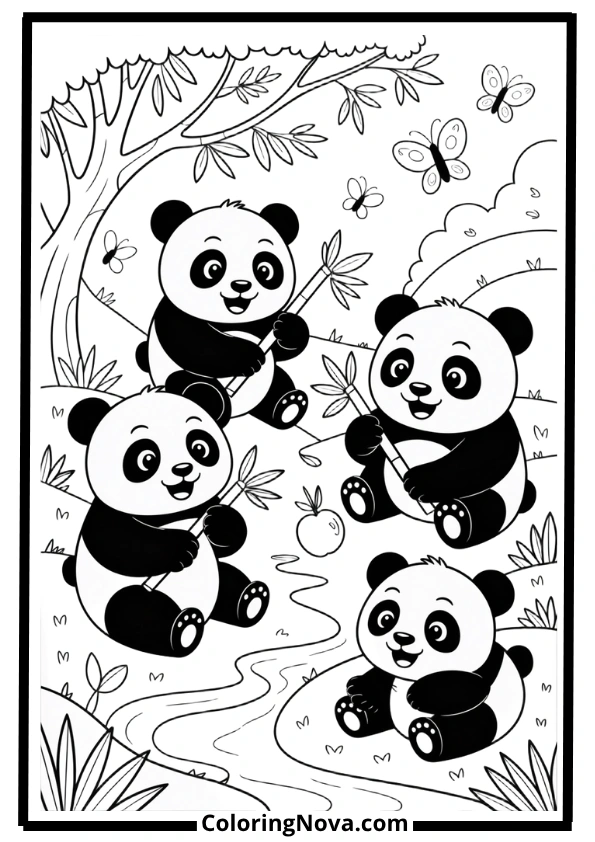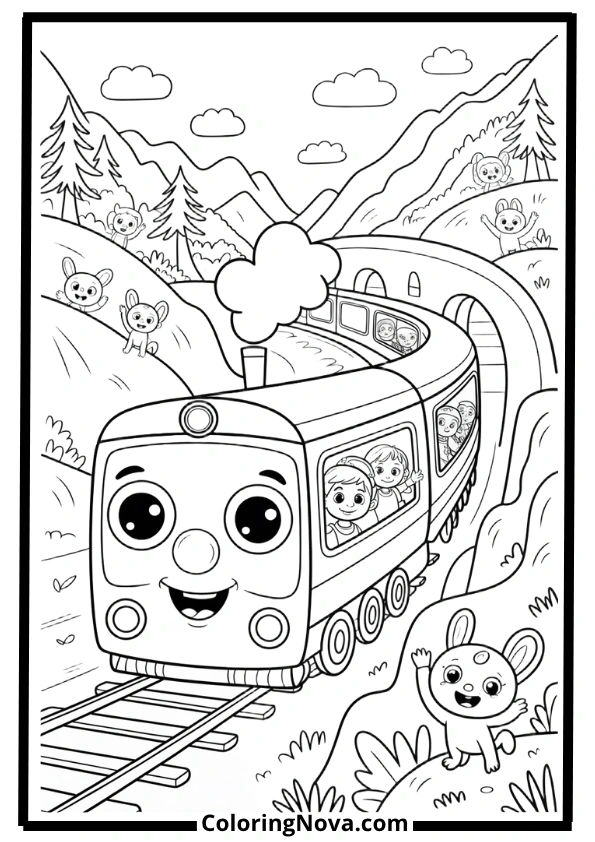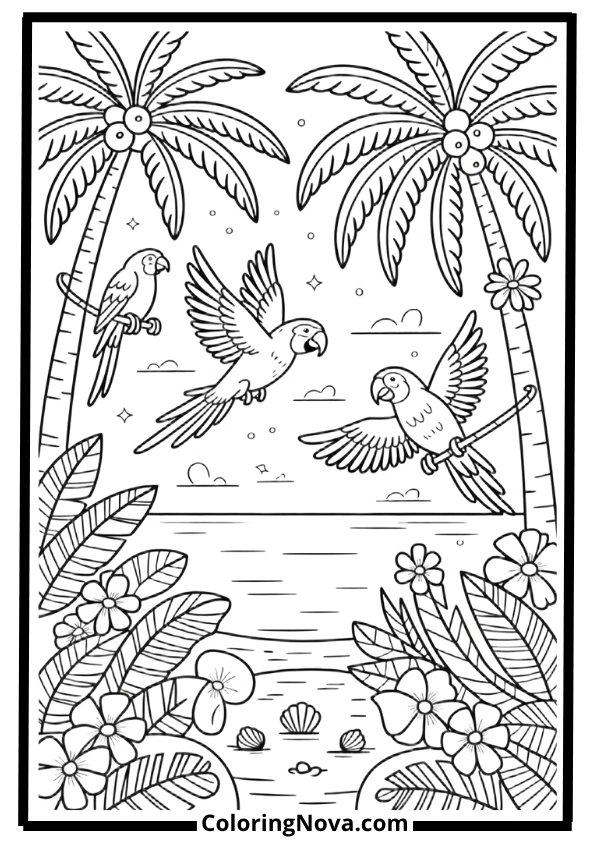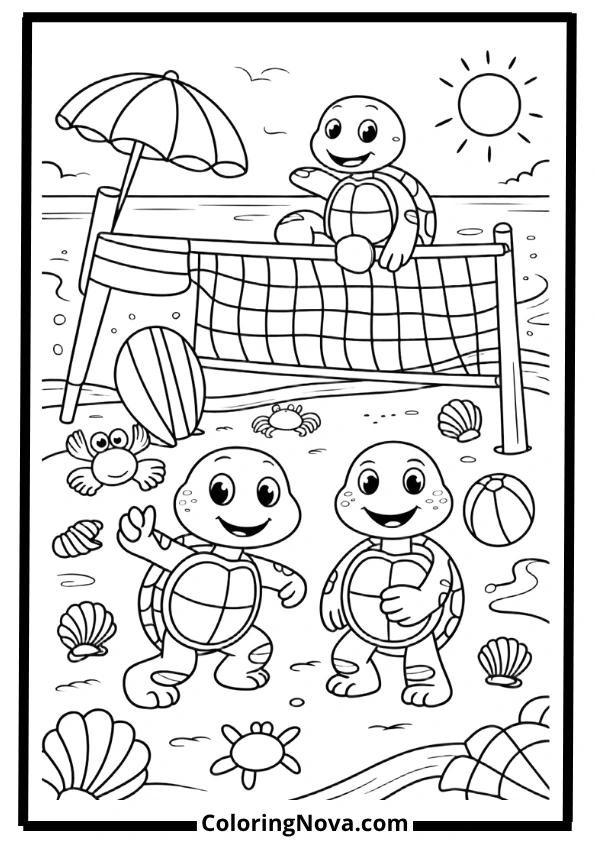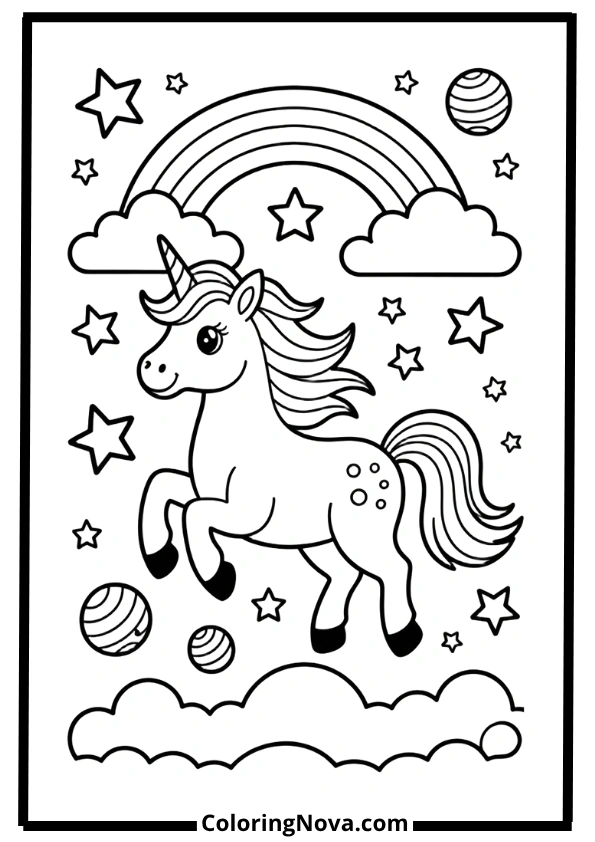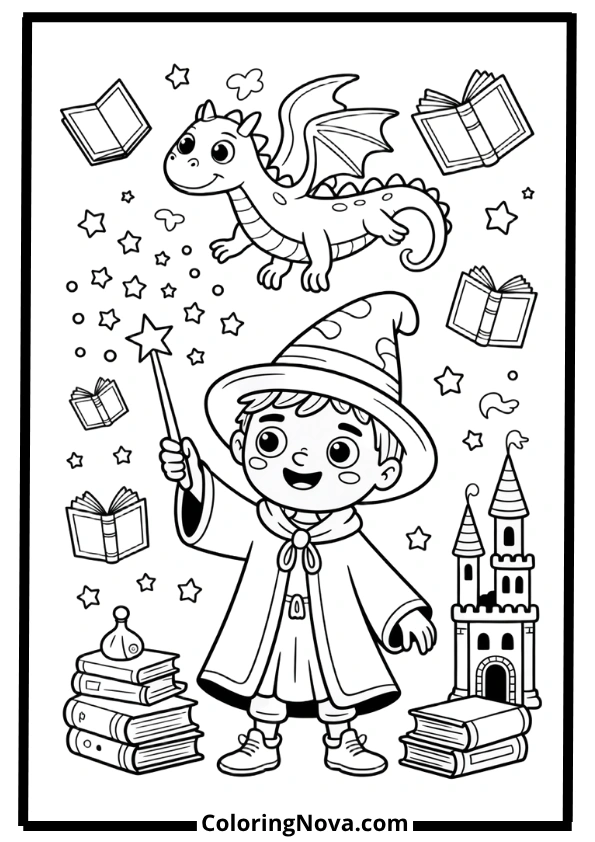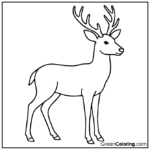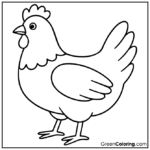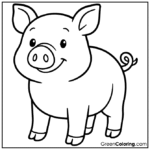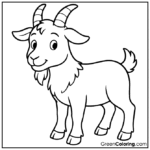We offer a wide collection of free, high-quality printable coloring pages for kids and adults. From cute animals to intricate mandalas, our designs bring creativity and relaxation to everyone. Download, print, and start coloring today!

Coloring Pages for Kids – Fun, Learning, and Creativity Combined
I’ll never forget the afternoon my daughter handed me a coloring page she’d been working on for nearly an hour. What started as a simple butterfly outline had transformed into a rainbow-winged masterpiece with purple polka dots and green stripes. Was it anatomically correct? Absolutely not. Was it beautiful? You bet it was.
That’s the magic of coloring pages for kids—they’re not just about staying inside the lines. Coloring pages for kids are about exploration, imagination, and those precious moments when a child discovers they can create something uniquely their own.
As a parent and educator, I’ve watched countless children light up over a fresh coloring page for kids and some crayons. And here’s what I’ve learned: these simple coloring pages for kids packed with outlines are doing way more than keeping little hands busy. They’re building brains, boosting confidence, and creating memories that last a lifetime.
Let me walk you through everything you need to know about coloring pages for kids and why they deserve a permanent spot in your parenting or teaching toolkit.
To use any of these free printables, simply click on any of the images to open the high-resolution PDF in a new tab. From there, you can download or print as much as you like—totally free!
Each coloring page is designed for standard US letter size but also prints beautifully on A4 paper. Enjoy!
Why Coloring Pages Are Essential for Kids
You might think coloring is just a fun activity to pass the time on a rainy afternoon. But research shows it’s actually a powerhouse tool for early childhood development.
The role of coloring in early childhood development
When kids pick up those crayons to work on coloring pages for kids, their brains kick into high gear. They’re making decisions about color choices, planning how to fill spaces, and coordinating their hand movements with what their eyes see. It’s like a full-body workout, but for the brain!
Child development experts have found that regular coloring pages for kids activities strengthen neural pathways in young minds. These coloring pages for kids create connections that are crucial for everything from academic success to emotional intelligence later in life. When children engage with coloring pages for kids consistently, they’re literally rewiring their brains for success. That’s why educators and pediatricians alike recommend coloring pages for kids as a foundational developmental activity.
How coloring helps kids express emotions and imagination
Ever notice how your child gravitates toward certain colors when they’re feeling a particular way? That’s emotional expression in action. Free coloring pages for kids provide a safe, judgment-free zone where they can work through feelings they might not have words for yet.
A four-year-old who’s had a frustrating day might color their entire page in angry red scribbles. A happy toddler might choose every bright color in the box. Both are healthy ways of processing emotions through art.
The fun connection between art and learning
Here’s the beautiful part: kids don’t realize they’re learning when they use coloring pages for kids. To them, coloring pages for kids are pure fun. But while they’re choosing between blue and turquoise for that ocean scene, they’re absorbing lessons about color theory, spatial relationships, and creative problem-solving through these coloring pages for kids.
I’ve seen reluctant learners transform into engaged students when lessons incorporate coloring pages for kids activities. Suddenly, practicing the alphabet isn’t boring—it’s an adventure with colorful letters to bring to life. These coloring pages for kids turn educational concepts into exciting creative challenges that children actually want to complete.
Educational and Creative Benefits
Let’s talk about what’s really happening when your child settles in with their coloring supplies. The benefits go way beyond a pretty picture for the refrigerator.
Boosts Focus, Patience, and Concentration
In our world of quick videos and instant gratification, coloring teaches kids something revolutionary: the value of slowing down. Completing a detailed coloring page requires sustained attention—sometimes for 20 or 30 minutes.
That’s serious concentration time for a young child! This practice builds the attention span muscles they’ll need for everything from reading chapter books to solving math problems.
I’ve watched fidgety five-year-olds become completely absorbed in coloring a intricate mandala pattern. The transformation is remarkable. Their breathing slows, their shoulders relax, and suddenly they’re practicing mindfulness without even knowing it.
Enhances Fine Motor Skills and Hand-Eye Coordination
Those tiny hand muscles need lots of practice before they’re ready for handwriting. Printable coloring pages for kids offer the perfect training ground.
Every time a child grips a crayon and guides it along a line, they’re strengthening the same muscles they’ll use to hold a pencil. They’re learning to control pressure (light strokes versus heavy ones) and developing the hand-eye coordination needed for countless daily tasks.
Physical therapists often recommend coloring as part of their treatment plans for children developing motor skills. It’s that effective!
Encourages Color Recognition and Creativity
“Is the sky always blue? What if we made it orange today?”
Color recognition is one of the first academic skills children master, and coloring pages make learning colors feel like play. But beyond just identifying colors, kids learn about mixing, matching, and creating mood through color choices.
The creative freedom offered by coloring is unmatched. Unlike many structured activities, there’s no single “right way” to complete a coloring page. This open-ended creativity builds confidence in making independent choices.
Supports Early Learning in Letters, Numbers, and Shapes
Alphabet coloring pages transform abstract letter symbols into friendly characters to decorate. Number pages help kids associate quantities with numerals. Shape-based designs teach geometric concepts without a single worksheet in sight.
I’ve used themed coloring pages for kids to reinforce virtually every preschool and kindergarten lesson. Learning about farm animals? Color some! Practicing counting? Number each section and color it in!
The multisensory approach—seeing, touching, and creating—helps information stick in young minds much better than passive learning.
Promotes Mindfulness and Emotional Regulation
Here’s something that surprised me as a parent: coloring genuinely calms anxious kids. The repetitive motions and focused attention create a meditative state that helps regulate emotions.
When my son feels overwhelmed, I’ve learned to offer him coloring pages instead of screen time. Within minutes, his stress visibly melts away. Teachers report similar results with classroom calming corners that include coloring materials.
This early introduction to mindfulness techniques can set kids up for better emotional health throughout their lives.
Popular Themes in Coloring Pages for Kids
The variety of available coloring themes means there’s truly something for every child’s interests. Let’s explore the most popular categories.
Animals and Nature Adventures
From cuddly puppies to majestic elephants, animal coloring pages top the popularity charts. Kids connect with animals on an emotional level, and these pages often spark conversations about habitats, behaviors, and conservation.
Nature scenes—forests, oceans, gardens—introduce environmental concepts while providing complex, engaging designs that can occupy kids for extended periods.
Vehicles – Cars, Trains, and Airplanes
Got a transportation-obsessed kiddo? Vehicle coloring pages are your new best friend. These designs appeal especially to kids who love anything that moves.
Detailed race car pages challenge older children while simple train outlines work perfectly for toddlers just learning to color. The bonus? You’ll hear endless “vroom vroom” sound effects while they work!
Alphabet and Number Learning Pages
Educational free coloring pages for kids that incorporate letters and numbers make learning fundamentals feel less like work. Each letter might be decorated with images of objects that start with that sound, reinforcing phonics awareness.
Number pages often include countable objects, strengthening one-to-one correspondence and early math skills.
Fairy Tales, Princesses, and Superheroes
Story-based coloring pages let kids step into their favorite narratives. Whether they’re coloring Cinderella’s ball gown or a superhero’s cape, they’re engaging with storytelling elements and character development.
These pages often inspire dramatic play after the coloring is done—the colored picture becomes a prop for extending imaginative play.
Holidays and Seasons (Christmas, Halloween, Easter)
Seasonal coloring pages help kids understand the passage of time and cultural traditions. They build anticipation for upcoming holidays and create tangible keepsakes of celebrations.
I save my kids’ holiday coloring pages year after year. It’s amazing to see how their skills and style evolve over time.
Space, Dinosaurs, and Fantasy Worlds
For the dreamers and adventurers, fantastical themes spark curiosity about science, history, and imagination. Dinosaur pages might launch a conversation about paleontology. Space scenes can introduce astronomy concepts.
These themes prove that printable coloring pages for kids can be launching pads for deeper learning and exploration.
Coloring Tips for Kids
Want to maximize the benefits of coloring time? Here are my tried-and-true strategies for making the most of this activity.
Choose Age-Appropriate Designs (Simple to Detailed)
This is crucial! A toddler given an intricate mandala will feel frustrated and overwhelmed. A seven-year-old handed a simple circle might feel bored and unchallenged.
For toddlers (ages 2-3): Large shapes, thick lines, minimal detail For preschoolers (ages 4-5): Recognizable objects with moderate detail For school-age kids (ages 6+): Complex patterns, smaller spaces, detailed scenes
Matching the complexity to your child’s skill level keeps coloring enjoyable rather than frustrating.
Use Bright, Non-Toxic Coloring Tools
Safety first! Always check that markers, crayons, and colored pencils are certified non-toxic and age-appropriate. Young children explore with their mouths, so this isn’t negotiable.
I love offering variety: chunky crayons for toddlers, thin markers for detailed work, colored pencils for older kids who want precision. Washable options save many a carpet and wall!
Encourage Free Creativity — No Rules for Color Choices
This might be the most important tip of all. When a child wants to make a purple elephant or a green sun, resist the urge to correct them.
Real creativity flourishes when kids know their choices will be celebrated, not critiqued. Some of the most imaginative adults I know were encouraged to color outside the lines (literally and figuratively) as children.
Save the “realistic colors” lessons for specific educational moments. During free coloring time, anything goes!
Display Artwork to Build Confidence
Your refrigerator, bulletin board, or a simple string with clothespins can become an art gallery that tells your child, “Your work matters. I’m proud of what you create.”
I’ve seen children’s faces absolutely glow when they spot their colored page displayed prominently. This validation builds self-esteem and encourages them to keep creating.
Rotate the display regularly so there’s always something new, and consider photographing artwork before recycling older pieces. Digital albums preserve memories without cluttering your home!
How Coloring Supports Early Learning
Let’s dig deeper into the academic benefits that might not be immediately obvious.
Strengthens visual memory and pattern recognition: When kids color patterned designs, they’re learning to identify sequences and predict what comes next. These skills directly transfer to reading (recognizing letter patterns) and math (understanding number sequences).
Encourages storytelling and imagination: A colored page often becomes the starting point for elaborate stories. “This purple unicorn is flying to a castle to rescue her friends!” That’s narrative development and creative thinking in action.
Reinforces classroom lessons through creative play: Smart teachers know that children remember what they actively engage with. Coloring pages about the life cycle of butterflies or the water cycle transform abstract concepts into tangible, memorable experiences.
Builds self-esteem by completing colorful projects: There’s powerful satisfaction in finishing something. Each completed coloring page is an accomplishment that builds a child’s confidence in their ability to start and complete tasks.
I’ve watched struggling students discover that they’re “good at something” through coloring. That confidence ripples into other academic areas, creating positive momentum for learning.
Who Can Enjoy Coloring Pages for Kids?
The beauty of coloring is its universal appeal across ages and stages.
Toddlers: exploring first shapes and colors – Even the youngest artists benefit from simple coloring experiences. Large shapes and chunky crayons help 18-month-olds develop grip strength and color awareness.
Preschoolers: learning coordination and creativity – Three to five-year-olds are in the sweet spot for coloring. They’re developing enough control to stay mostly within lines but still approaching the activity with uninhibited creativity.
School-Age Kids: expressing ideas and imagination – Elementary students use coloring pages for kids to decompress after school, illustrate stories they’re writing, or simply enjoy quiet creative time. The detailed options available for this age group provide appropriate challenges.
Parents & Teachers: using coloring for fun learning activities – Adults aren’t just facilitators—we benefit too! Many parents find coloring alongside their children to be relaxing and a wonderful way to connect without screens.
Teachers use coloring pages for indoor recess activities, early finisher tasks, calming exercises, and reinforcement of academic concepts. The versatility is unmatched.
FAQs – Coloring Pages for Kids
Let me answer the questions I hear most frequently from parents and educators.
What are the best types of coloring pages for young kids?
For beginners, look for free coloring pages for kids with thick black outlines and large spaces to fill. Simple objects they recognize—balls, flowers, basic animals—work best. As skills develop, gradually introduce more detail and complexity. The key is matching the challenge level to your child’s abilities so they feel successful, not frustrated.
How does coloring help with child development?
Coloring impacts multiple developmental areas simultaneously. Physically, it builds fine motor skills and hand strength. Cognitively, it enhances focus, planning, and problem-solving. Emotionally, it provides stress relief and self-expression opportunities. Socially, it can be a shared activity that teaches patience and turn-taking. Few activities offer such comprehensive benefits!
At what age should children start coloring?
Most children show interest in coloring around 12-18 months. At this age, they’re exploring how crayons work and making their first marks. Don’t expect staying within lines—that skill develops much later, typically around age 4-5. The early scribbling stage is vital for developing the motor control needed for more precise coloring later.
Can coloring be part of early education?
Absolutely! Progressive educators have long recognized coloring’s educational value. Printable coloring pages for kids can reinforce letter recognition, number sense, shape identification, science concepts, and cultural awareness. The key is choosing themed pages that align with learning objectives while still allowing creative freedom.
How can parents encourage creativity through coloring?
First, provide variety in both pages and coloring tools. Second, never criticize color choices or technique. Third, ask open-ended questions about their work: “Tell me about what you’re creating!” rather than “What is this supposed to be?” Fourth, display their artwork proudly. Finally, color alongside them—your participation shows you value the activity.
Conclusion
Here’s what I’ve learned after years of watching kids transform blank pages into colorful masterpieces: coloring pages for kids are so much more than a simple activity to fill time. These coloring pages for kids are tools for growth, learning, and connection that every household and classroom needs.
Every time a child picks up a crayon to work on coloring pages for kids, they’re not just making pictures—they’re building the focus to tackle harder challenges, developing the fine motor skills they’ll need for writing, exploring emotional expression in a safe space, and discovering the joy of creating something uniquely their own.
Whether you’re a parent looking for screen-free activities, a teacher seeking educational tools that feel like play, or a caregiver wanting to support children’s development, free coloring pages for kids and printable coloring pages for kids offer an accessible, affordable, and effective solution. The variety of coloring pages for kids available today means you’ll never run out of fresh, engaging options.
The best part about coloring pages for kids? You don’t need fancy supplies or expensive materials. A simple coloring page for kids and some basic crayons are enough to unlock a world of creativity, learning, and fun. When you choose coloring pages for kids as a daily activity, you’re investing in your child’s development.
So print out some coloring pages for kids, set out the coloring supplies, and watch the magic unfold. You might even want to grab a page for yourself—because honestly, we could all use a little more color in our lives.
What will you and your kids create today?

